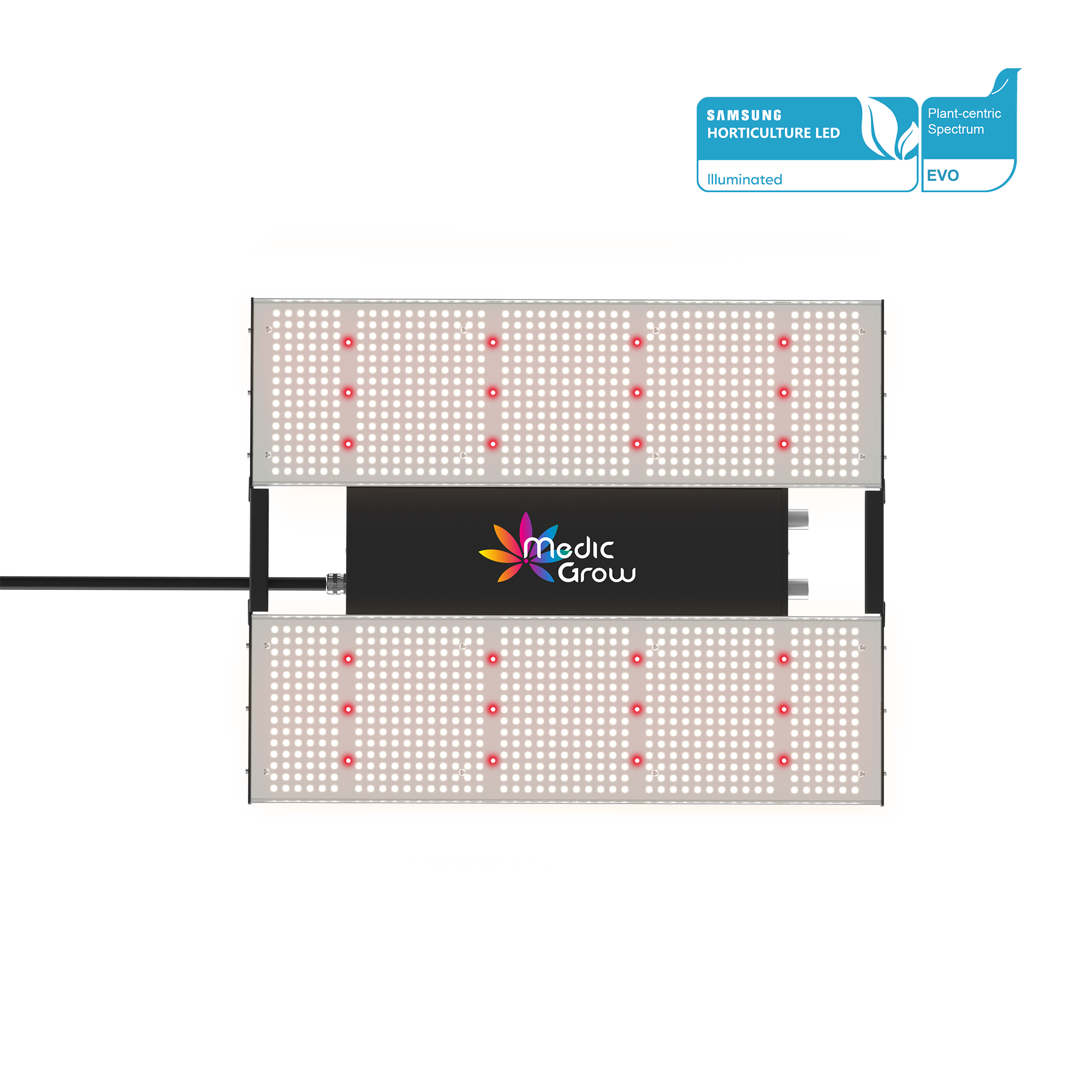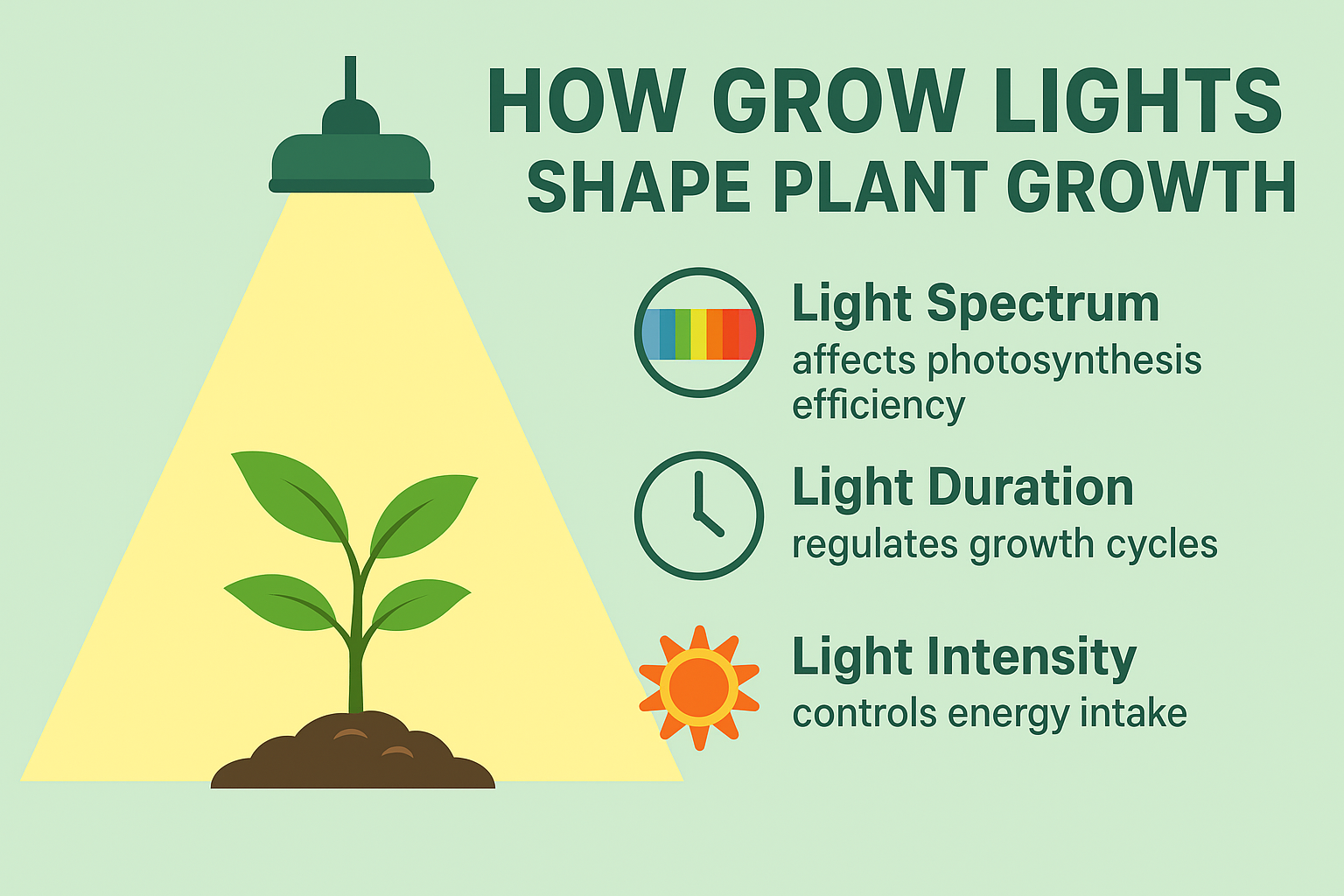
Are Marigolds Annuals or Perennials? All About Marigold
Marigolds are a beloved addition to gardens around the world, known for their vibrant blooms and ease of care. But when planning your garden, you might wonder: are marigolds annuals or perennials?
The answer is both. Most marigolds, such as the popular French marigolds and African marigolds, are typically grown as annuals. However, certain varieties, like the Mexican marigold, can be grown as perennials.
In this article, we’ll explore the different types of marigolds, their growth habits, and essential tips for planting and maintaining these flowers. Whether you’re a seasoned gardener or just starting out, understanding how to grow marigolds will help you create a beautiful garden.
Main Content:
- 1. About Marigolds
- 2. Varieties of Marigold
- 3. Growth Habits of Marigold
- 4. How to Grow Marigolds
- 5. Final Thoughts
- 6. FAQs About Growing Marigolds
About Marigolds
What Are Marigolds
Marigolds are flowering plants celebrated for their vibrant colors and low-maintenance nature. Popular varieties include French marigolds (Tagetes patula), African marigolds (Tagetes erecta), and Mexican marigolds (Tagetes lucida).
These hardy plants thrive in sunny environments, but if natural light is insufficient, high-intensity LED grow lights are recommended.
Beyond their beauty, marigolds offer practical benefits. They are known for their pest-repelling properties and are widely used in garden decoration, pest control, and natural dye production.
What Are Annual Marigolds
Annual marigolds are varieties that complete their life cycle within a year. They are planted in spring, bloom during summer and fall, and wither in winter.
French marigolds and African marigolds are the most common annual varieties, prized for their long-lasting, abundant blooms.
Although annual marigolds have a short lifespan, many of them self-seed and grow back the following year. You can also collect seeds and grow them yourself—we’ll cover the method for sowing marigold seeds at the end of this article.
Common annual marigolds include:
- French Marigolds (Tagetes patula)
- African Marigolds (Tagetes erecta)
- Signet Marigolds (Tagetes tenuifolia)
- Inca Marigolds (Tagetes inca)
What Are Perennial Marigolds
Perennial marigolds are varieties that can live for multiple years, thriving in warm, frost-free climates. For instance, Mexican marigolds can persist year after year in favorable conditions.
While less common than annual varieties, perennial marigolds are valued for their drought resistance and extended blooming periods.
Common perennial marigolds, in addition to the Mexican marigold, also include the following two varieties.
- Mountain Marigolds (Tagetes lemmonii)
- Tree Marigolds (Tagetes erecta in tropical climates)
Commercial Value of Marigold
Marigold holds significant commercial value due to its diverse applications, short growth cycle and low management cost. Its petals are rich in lutein, making it an essential natural pigment widely used in the food, feed, health supplement, and cosmetics industries.
In agriculture, marigold contributes to enhanced farmland productivity by suppressing nematodes, improving soil quality, and serving as green manure. It is also employed in intercropping systems for pest control and yield improvement.
In horticulture, marigold is highly valued for landscaping and home decoration due to its long blooming period and vibrant colors. Furthermore, marigold extracts exhibit medicinal properties, including antioxidant, anti-inflammatory, and potential anticancer effects.
Varieties of Marigold
Beloved worldwide, marigolds are native to the Americas and come in a wide range of varieties, varying in size and predominantly featuring solid colors such as orange, golden yellow, and white. Below are the most common marigold varieties.
French Marigold (Tagetes patula)
The French marigold, an annual plant native to Mexico and Guatemala, is renowned for its compact growth habit and bright, small flowers in shades of orange, yellow, and red. French marigolds are cold-tolerant and thrive in full sunlight, capable of surviving for multiple years in warm climates. Known for their exceptional pest-repellent properties, they are among the most popular companion plants.

African Marigold (Tagetes erecta)
Also known as the American marigold, this annual plant is larger in stature with strikingly bold blooms in bright yellow and orange. African marigolds flourish in sunny garden beds, making them ideal for cut flowers. Their heat tolerance makes them a favorite for summer gardens; however, they require well-drained soil due to their susceptibility to root rot.

Mexican Marigold (Tagetes lucida)
A perennial species, the Mexican marigold features lush growth and small, fragrant flowers with a musky scent that attracts bees and butterflies. These marigolds are deer-resistant and drought-tolerant, thriving in full sunlight and well-drained soil. Often referred to as "Mexican tarragon" due to their herbal flavor, they are widely used in culinary and medicinal applications.

Signet Marigold (Tagetes tenuifolia)
Signet marigolds are delicate annuals with lacy foliage and small, edible flowers in yellow and orange hues. Their light, citrusy fragrance and edible blooms make their garden and culinary favorites, adding vibrant color and texture to salads and other dishes.

Growth Habits of Marigold
Marigolds thrive in sunny, warm environments with an optimal growing temperature range of 15-30°C. They are drought-tolerant but not frost-resistant, preferring well-drained, fertile sandy loam soil. The seeds germinate quickly, and the plants have a short growth cycle, typically taking 50-70 days from sowing to flowering.
Moderate fertilization is essential for healthy growth. During the vegetative stage, nitrogen-based fertilizers should be prioritized, while phosphorus and potassium fertilizers should be increased during the flowering stage. The soil should be kept moist but not waterlogged.
Marigolds are low-maintenance with a long blooming period. However, care should be taken to prevent common pests and diseases, such as leaf spot, gray mold, aphids, and whiteflies.
How to Grow Marigolds
Growing marigolds is straightforward due to their adaptability. Start by selecting a well-lit, well-ventilated location with fertile, well-drained sandy loam soil. The ideal soil pH ranges from 6.0 to 7.5.
Sowing
The best time to sow marigold seeds is typically in spring or autumn. Scatter the seeds and cover them with 0.5-1 cm of soil. Keep the soil moist, and germination will occur within 5-7 days at a temperature of 18-25°C. During the seedling stage, thin out or transplant seedlings, ensuring a spacing of 20-30 cm for adequate growth.
Spacing Guidelines
- Large varieties: 18 to 24 inches (45-60 cm)
- Medium varieties: 12 to 15 inches (30-38 cm)
- Dwarf varieties: 6 inches (15 cm)
Care and Maintenance
- Sunlight: Ensure at least 6 hours of daily sunlight.
- Watering: Keep the soil moist but avoid waterlogging.
- Fertilization: Use compound or organic fertilizers regularly. During the flowering stage, apply additional phosphorus and potassium fertilizers to enhance bloom quality.
- Pest and Disease Control: Protect plants from common issues such as leaf spot, gray mold, and pests like aphids.
Pinching off the tips and removing wilted flowers will extend the blooming period and increase flower production.
Harvesting
Harvest flowers when they are in full bloom, especially for lutein extraction. After harvesting, the remaining plant material can be turned into the soil as green manure to improve soil fertility.
Final Thoughts
In summary, whether marigolds are annuals or perennials depends largely on their variety, the local climate, and how they are cultivated. Although most marigolds are considered annuals, many varieties can self-seed, allowing them to regrow and bloom in the next season.
Regardless of their variety, marigolds are versatile and low-maintenance flowers. They add vibrant beauty to your garden, attract beneficial pollinators, and even help with natural pest control, making them a valuable addition to any landscape.
Related Posts:
How to Start a Hydroponics Garden In 5 Steps
How Much Money Can One Plant Make?
How Much PPFD Do Indoor Plants Require
FAQs About Growing Marigolds
1. Do Marigolds Come Back Every Year?
Yes, marigolds can regrow each year. While most marigolds are annuals and do not survive beyond one year, they often reseed themselves, allowing new plants to grow from seeds the following year. Some varieties, like Mexican marigolds, are perennials and can return year after year in warmer climates.
2. When to Grow Marigolds?
It's best to plant marigolds in late spring after the last frost when soil temperatures are above 15°C (60°F). In warm climates, they can also be planted in early autumn. Spread the seeds into the tilled soil and the seeds are spaced about 2 inches (5 cm) apart and ½ inch (1 cm) deep.
3. How Long Do Marigolds Take to Grow from Seed?
Marigolds are fast-growing flowers that typically take 7-10 days to germinate from seed. After germination, they grow quickly, and you can expect blooms within 8-10 weeks from planting, depending on the variety. To speed up growth, ensure well-draining and plenty of sunlight.
4. How to Germinate Marigold Seeds Quickly?
To germinate marigold seeds quickly in 5-7 days, use light, well-draining soil and plant seeds 0.5 cm deep and 20-35cm apart. Maintain soil temperatures of 18-25°C, keep the soil moist, and cover with plastic wrap. Once the seedlings emerge, move them to a sunny location or under grow lights.
5. How to Grow Marigolds in Pots?
To grow marigolds in pots, choose a 10-inch pot for African marigolds and a 6-inch pot for French marigolds. Check soil moisture regularly and water when the top inch of soil feels dry. About a month after planting, start feeding with a balanced, water-soluble fertilizer to encourage healthy growth.
Featured Products
Blog Posts
Contact Us with Any Idea!
- Choosing a selection results in a full page refresh.
!
































